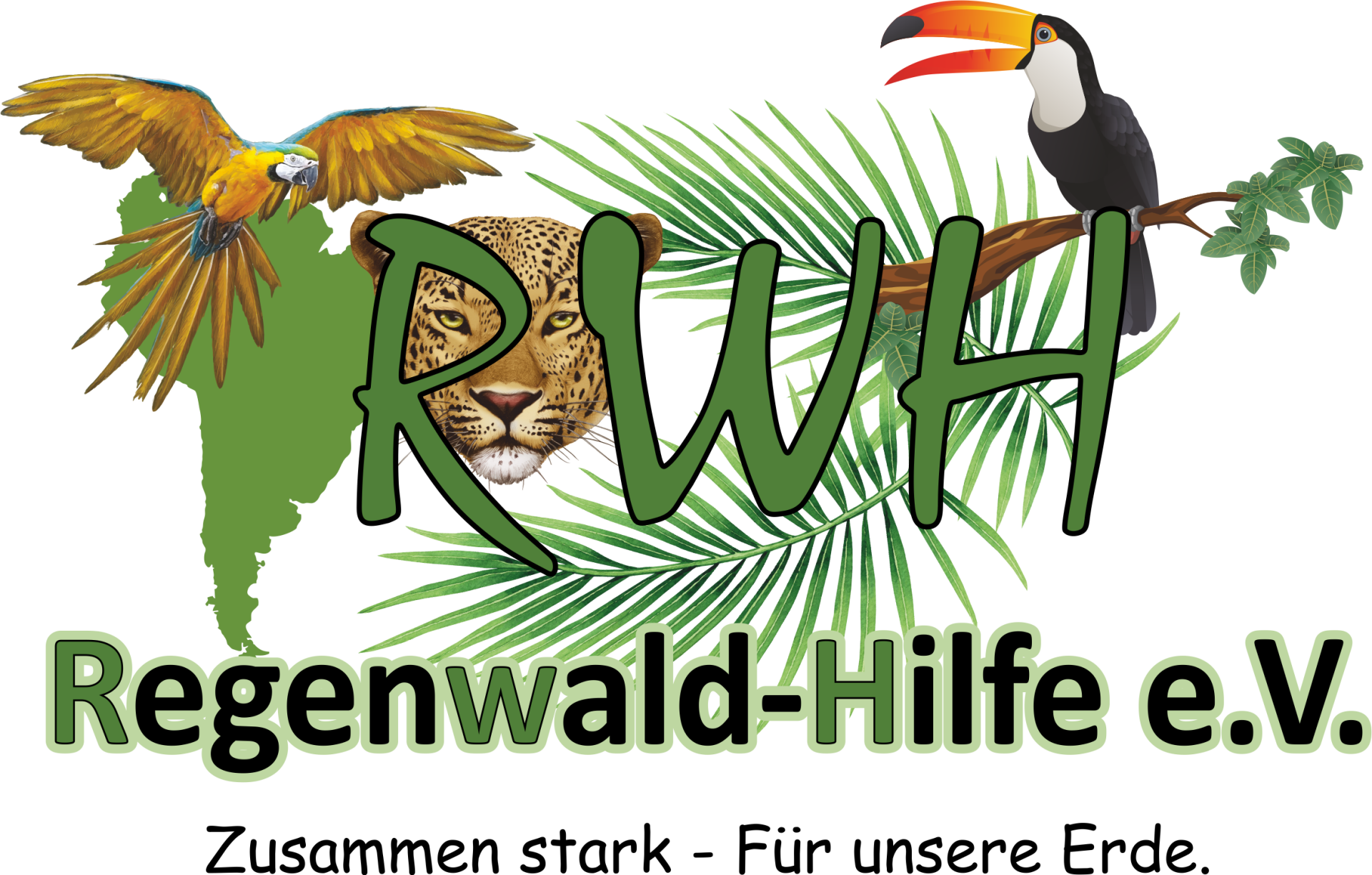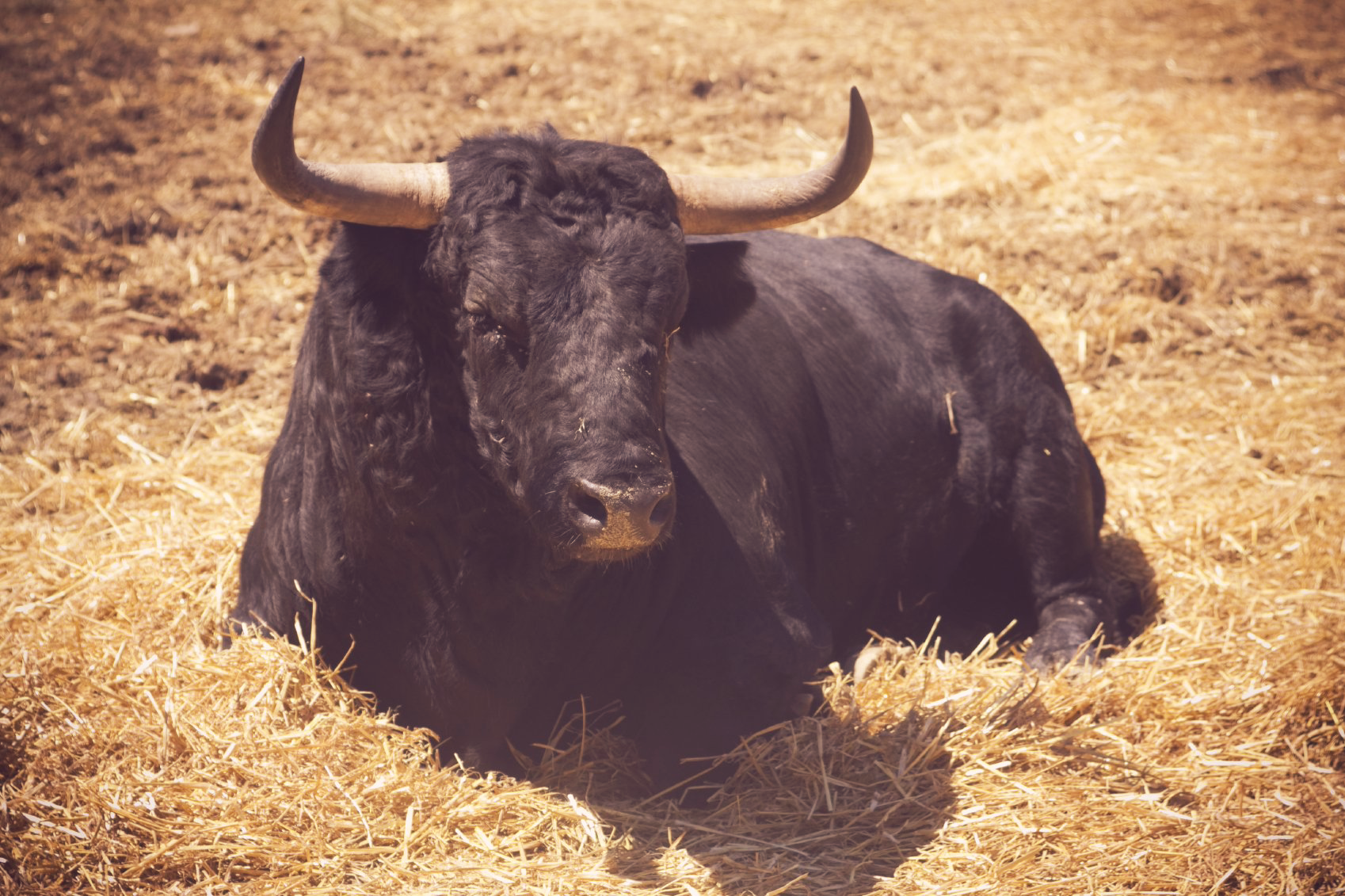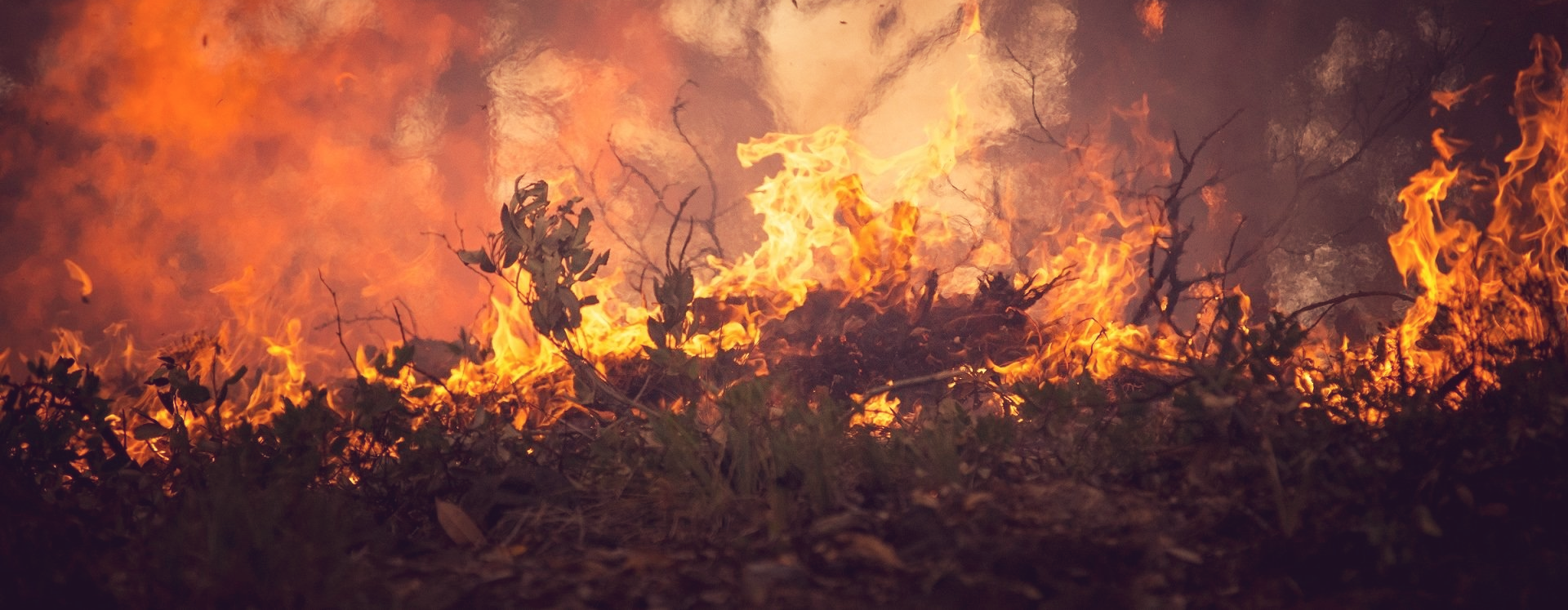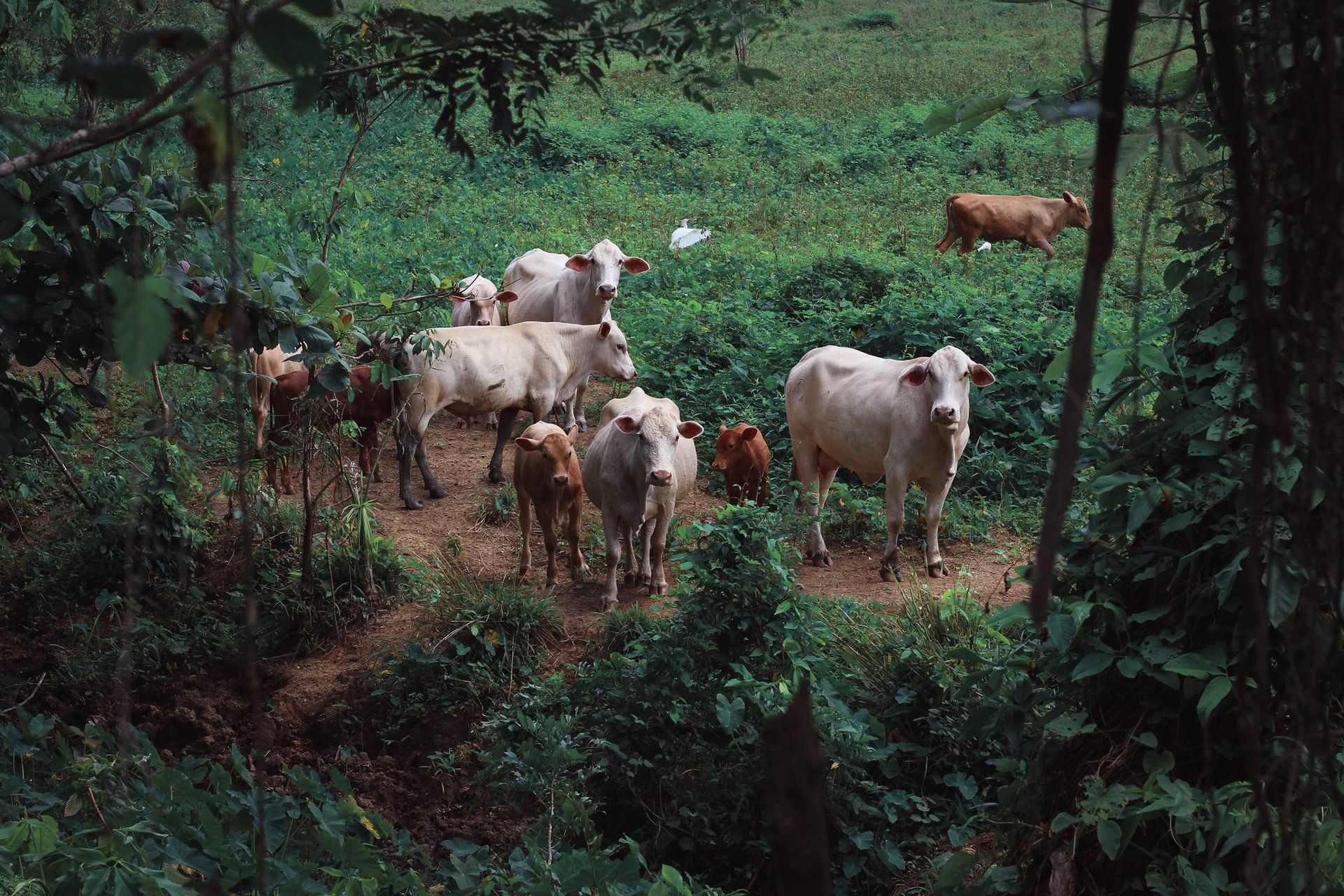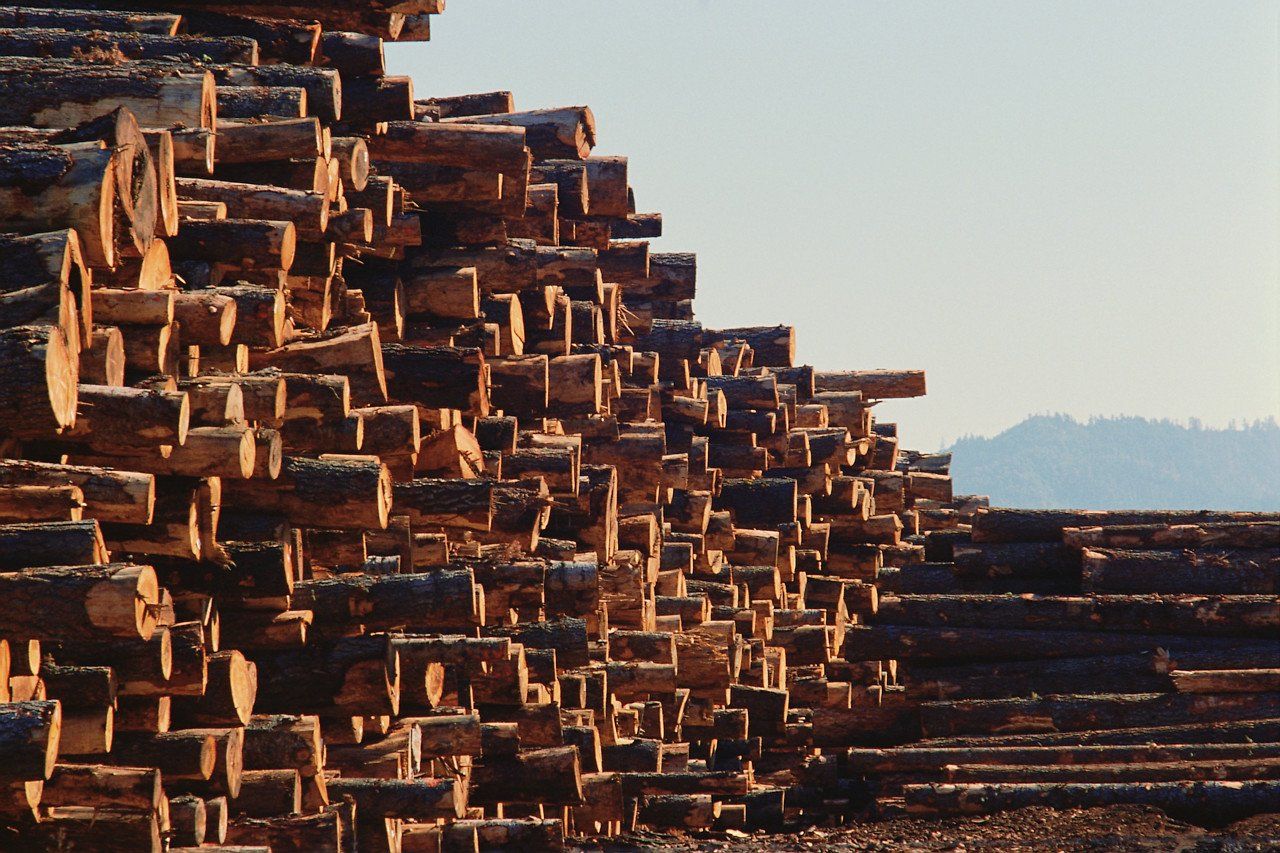How cheap meat destroys the rainforest
Due to deforestation, pollution, overfishing, the introduction of alien species and its responsibility for climate change, industrial agriculture is one of the driving forces behind the loss of biodiversity.
According to the FAO (Food and Agriculture Organization of the United Nations), livestock farming now accounts for 20 percent of the biomass living on land and occupies 30 percent of the global land area. Most of the threatened species on the Red List are at risk from the fact that their habitat is being sacrificed to agriculture.
The consequences of the industry
M.ith growing populations and increasing material demands, especially in previously "underdeveloped" regions, the economical use of raw materials is becoming more and more important. Meat is exactly the opposite of economical use. To produce 1 kg of meat, you need 7-16 kg of grain or soybeans.
Industrial agriculture is one of the largest consumers of water on earth. It is responsible for over 8 percent of global water consumption - the water is mainly used to irrigate forage crops.
The United Nations estimates that two thirds of the world's population will be threatened by water scarcity by 2025. It does this by trading “virtual water”. Virtual water is the amount of water needed to make a particular product. One kilogram of soybeans requires 1,800 liters of water and one kilogram of beef consumes over 15,000 liters of water.
Agriculture is one of the largest sources of water pollution through the use of fertilizers, herbicides and pesticides. In the US alone, 37 percent of the pesticides used are used in agriculture. Other sources of pollution from agriculture are animal waste and antibiotics.
The destruction of the rainforest
The main cause of the destruction of the rainforest in Brazil is cattle breeding. In the years 2000 to 2009 alone, an area of over 160,000 km² was cleared. More than 70 percent of this destruction can be traced back to the creation of new pastureland. Contrary to all declarations that it wants to save the forest, the state is promoting this development.
While there used to be direct subsidies for the conversion, nowadays new infrastructure projects and road construction are driving the destruction. The rainforest is made accessible to farmers and cattle breeders, who are able to penetrate more and more easily into the forest areas and settle in the Amazon region. The land is easy and cheap to acquire - often this is also done illegally.
In this way, Brazil has become the largest beef exporter in the world over the years and holds up with around
200 million cattle the second largest population after India. The majority of the meat produced in Brazil is exported to North America, but some also get to Germany
200,000 t of meat products annually




